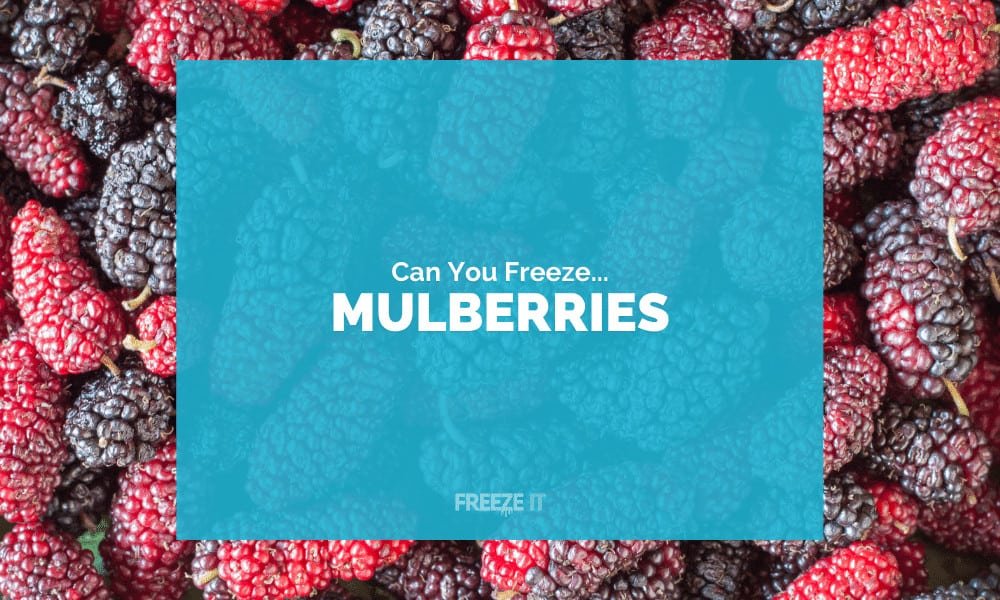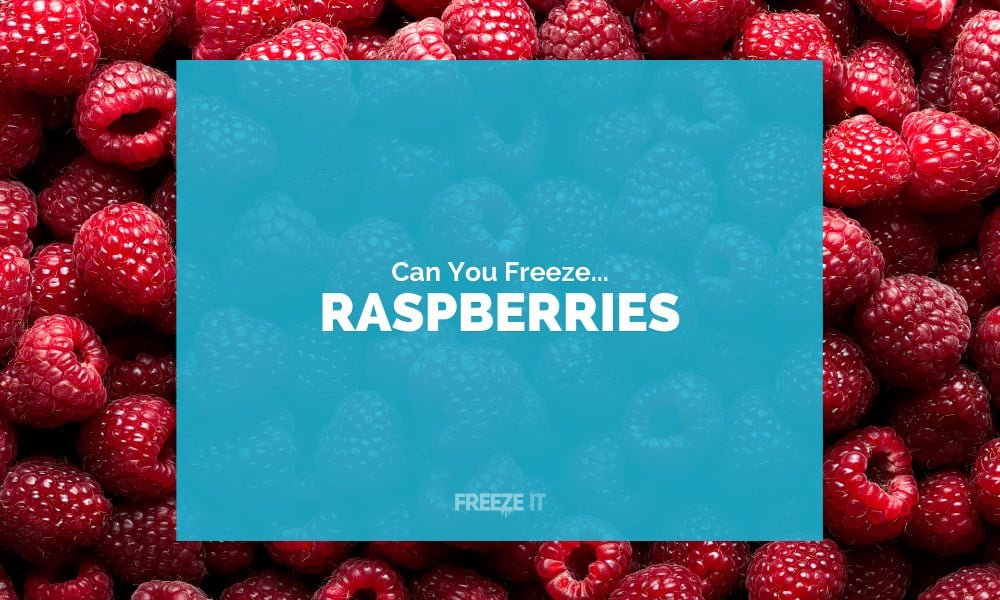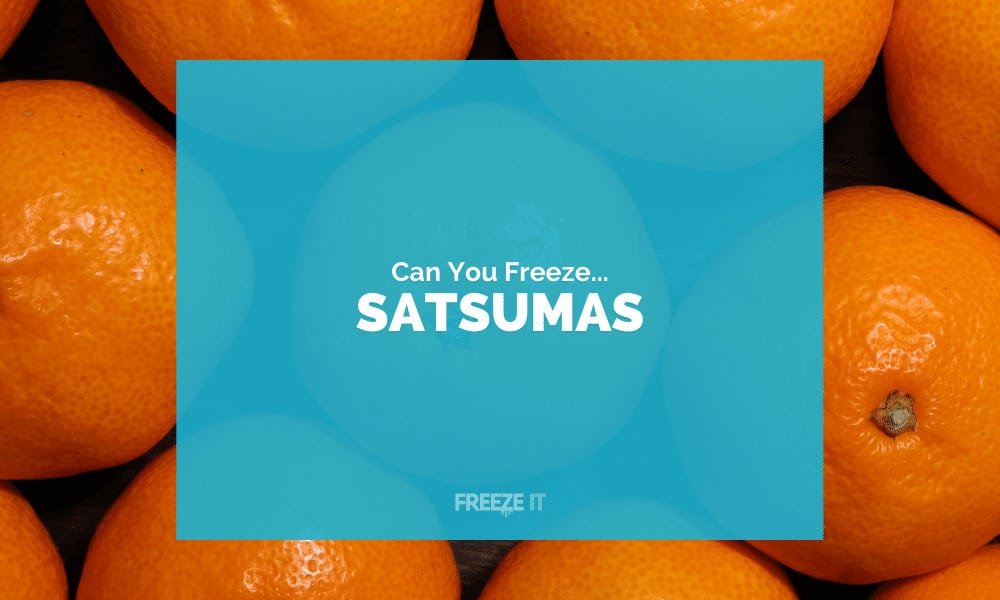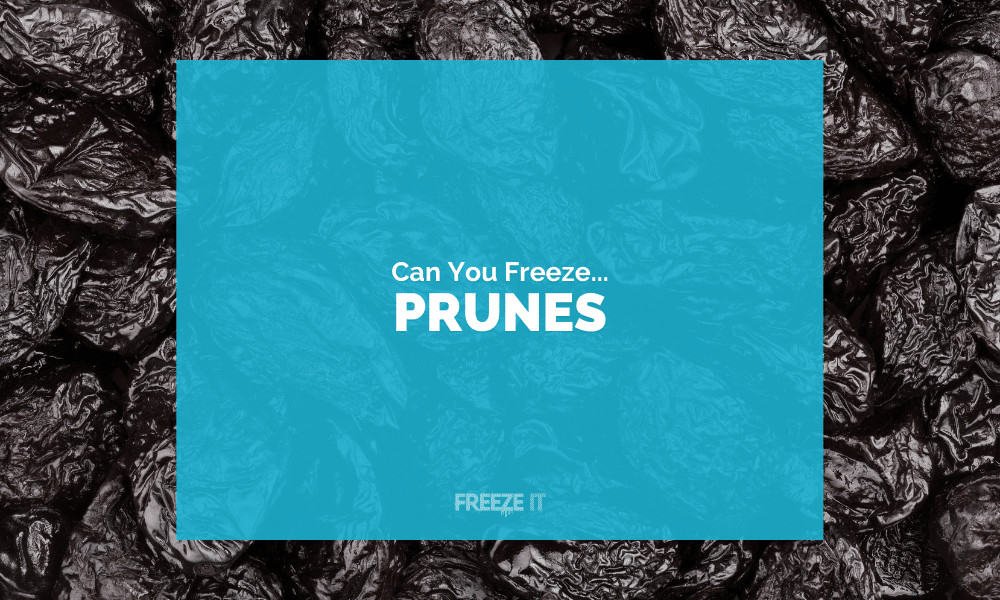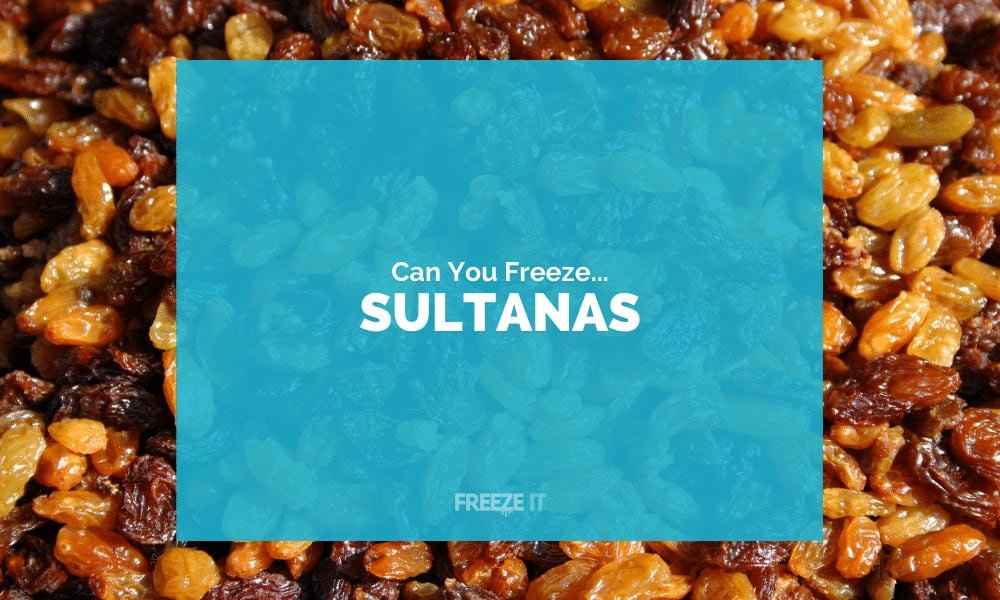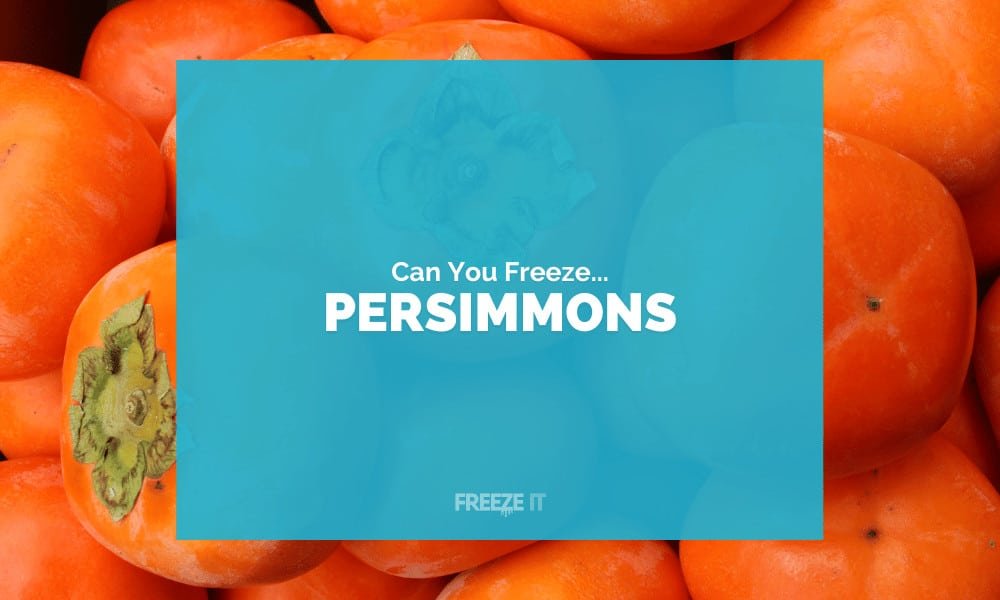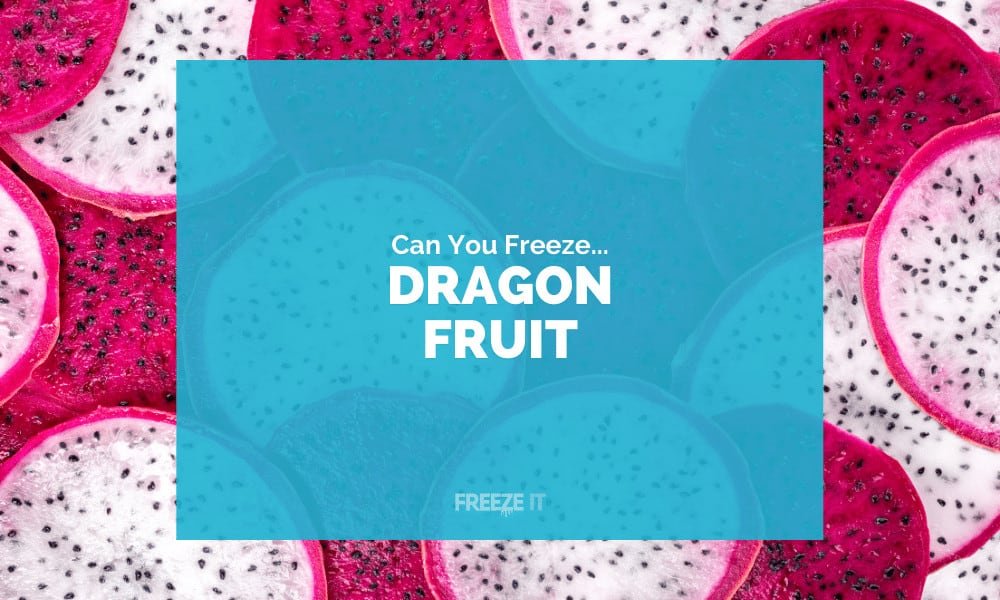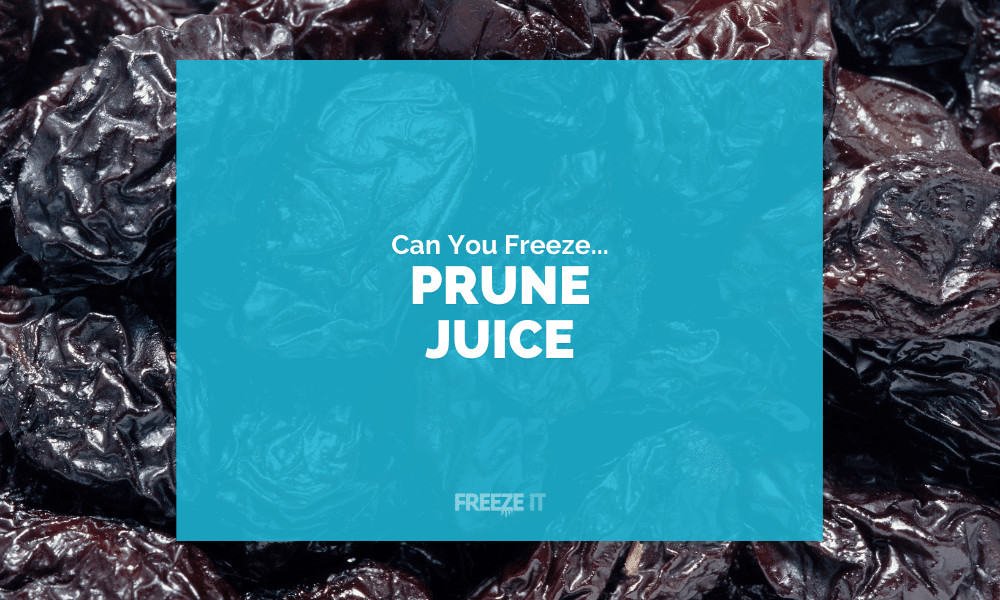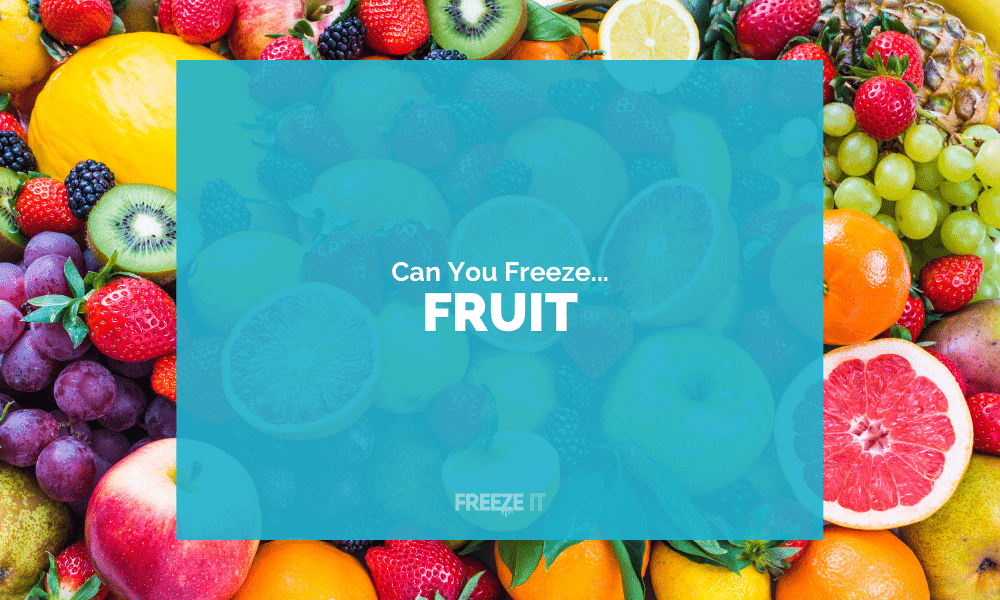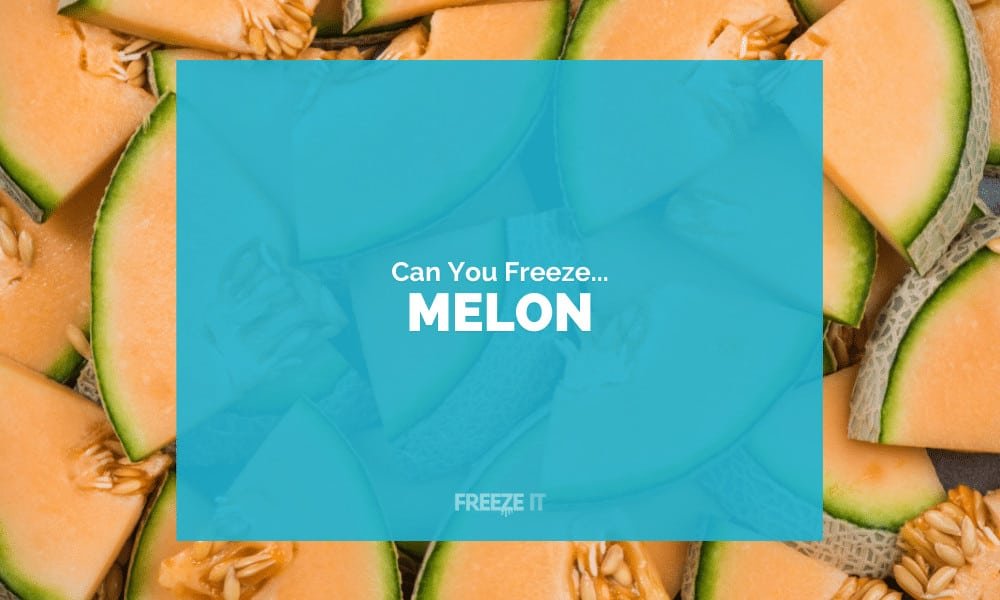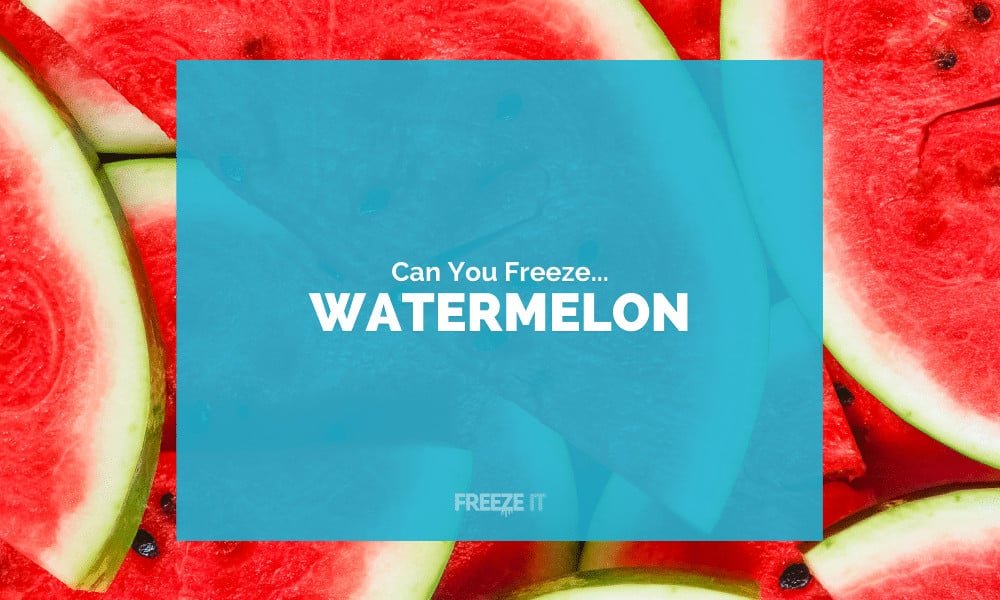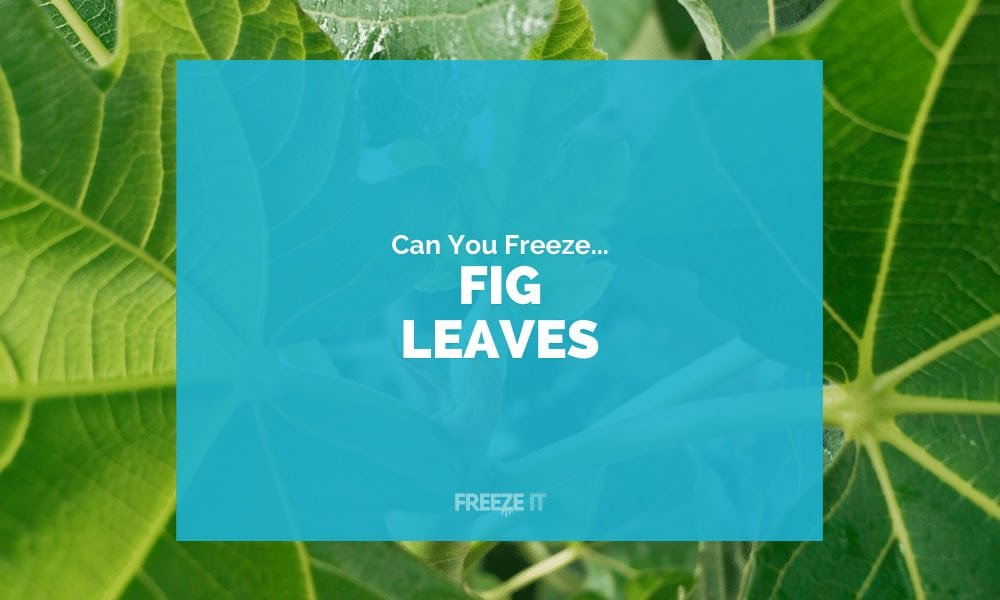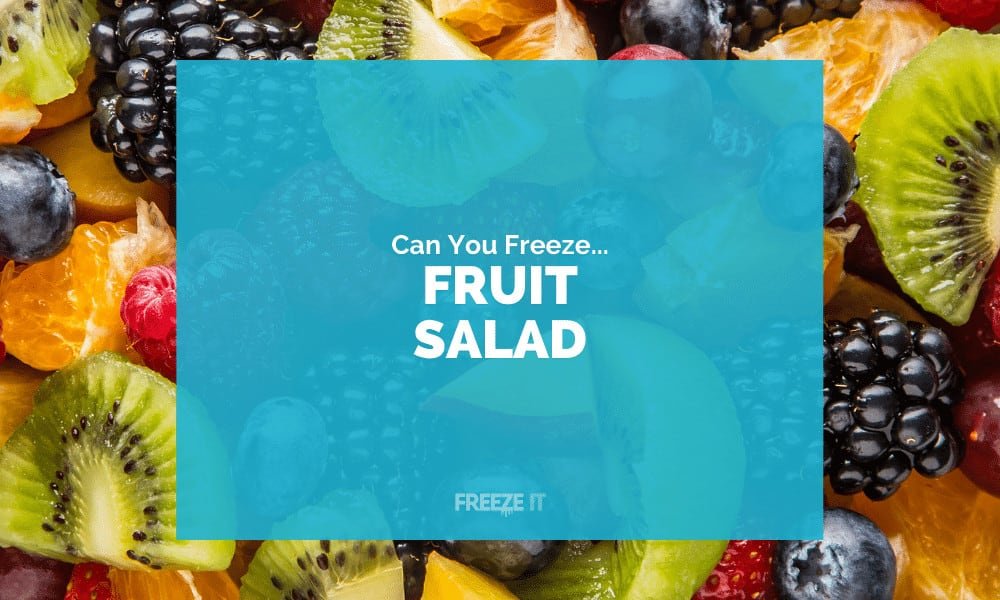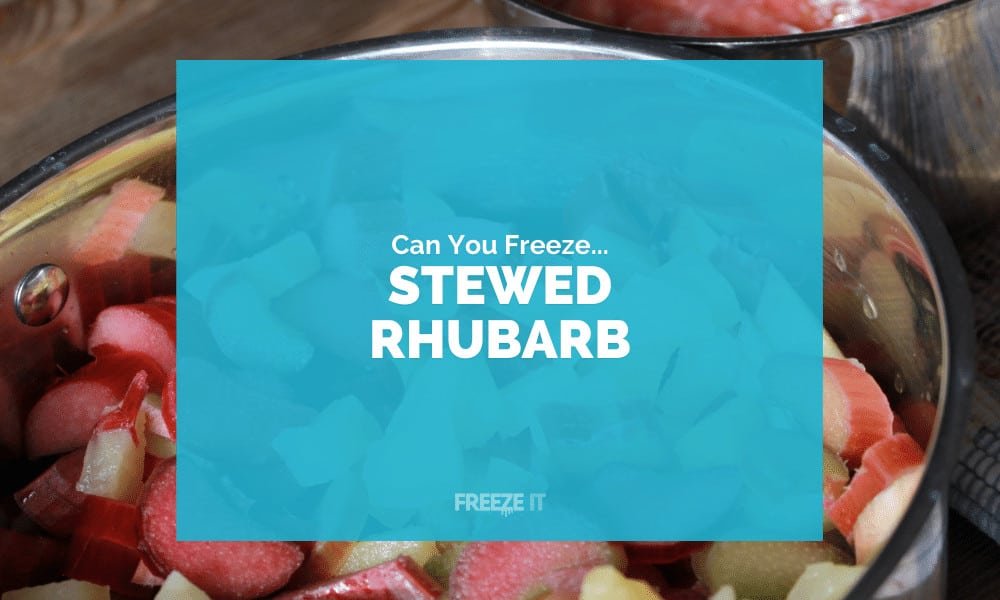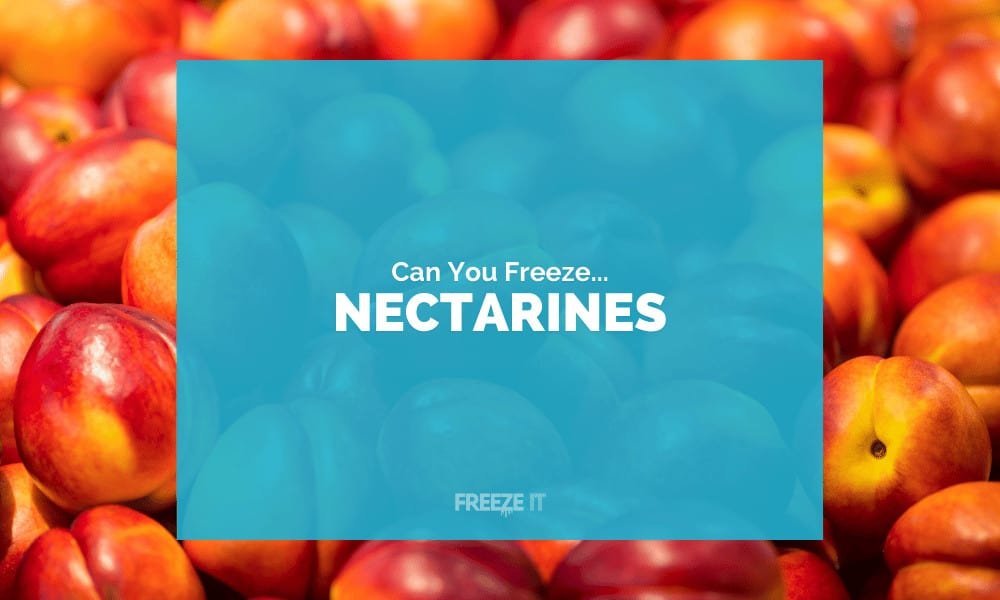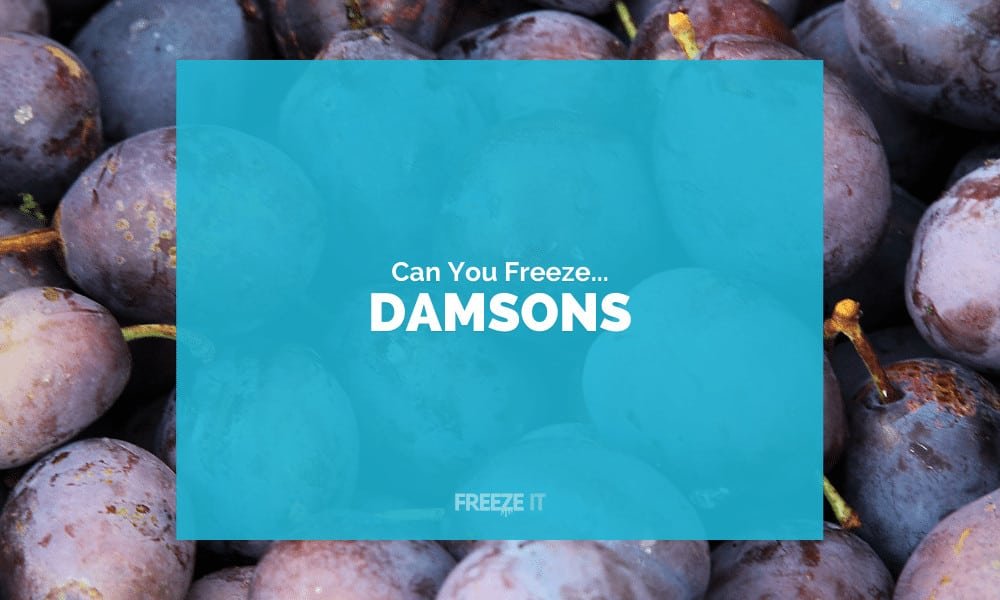Welcome to the ‘Fruit’ category, a sweet section that’s all about capturing the sun-ripened goodness of fruits for those less bountiful months. We’re keen on giving you the juiciest tips for storing nature’s candies, whether for smoothies, baking, or just a burst of summer in the dead of winter.
Eager to know if you can freeze tropical blends for your morning shake? Or how about preserving that perfectly ripe seasonal bounty of berries? From the intricacies of freezing whole fruits to purees and sauces, our posts are packed with advice to keep your fruit’s flavor and nutrition as vibrant as the day they were picked.
Berries
Citrus Fruits
Dried Fruits
Exotic Fruits
Fruit Desserts
Fruit Purees, Sauces & Drinks
Fruit Varieties
Miscellaneous
Prepared Fruits
Stone Fruits
Tropical Fruits
All Fruit Freezing Guides
Frequently Asked Questions
Frozen grapes can be a refreshing snack, but upon defrosting, they turn into soggy lumps. It's best to freeze grapes only if you plan to use them in cooking, as they won't retain their fresh texture when eaten raw after thawing.
Some fruits that should not be frozen due to texture and flavor degradation include:
- Celery
- Citrus fruits
- Cucumbers
- Green peppers
- Lettuce
- Parsley
- Potatoes
- Radishes
Yes, uncooked fruit can be frozen. Select a bag size appropriate for the amount of fruit and remove as much air as possible before sealing and placing it in the freezer. This helps prevent ice crystal formation and maintains fruit quality.
The best way to freeze fruit is to spread it in a single layer on a shallow tray and freeze. Once frozen, promptly transfer it into airtight packaging and return it to the freezer. This helps maintain the fruit's quality and prevents freezer burn.
Frozen fruit can deteriorate over time, especially if stored for extended periods. While it can be safe to consume until the expiry date, the fruit may lose its flavor and texture the longer it remains frozen.
Freezing fruit can result in several disadvantages, including:
- Enzymatic activity leading to loss of color and nutrients
- Flavor alterations
- Texture changes


